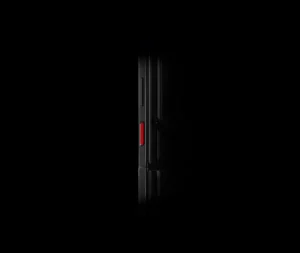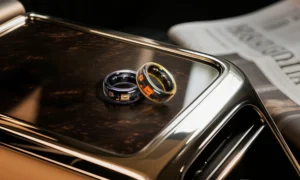London, a paradise for art enthusiasts from all over the world, is home to countless art galleries, museums, and exhibition halls of various sizes. Whether it's historically significant art collections or contemporary memorabilia that has witnessed the development of society, this city, which perfectly blends classic and fashionable elements, tells the story of the development and prosperity of human civilization with its unique cultural heritage.
This is also why many people who come to London will try their best to spend time wandering in museums.

The British Museum is the world's oldest and largest comprehensive museum. The museum houses a collection of up to 8 million items, and due to space limitations, many genuine artifacts have not yet been seen by visitors. Currently, the most famous exhibition areas in the museum are the Egyptian Antiquities, the Department of Asia, and the Parthenon Marbles, among others. There are also many Chinese ceramics and artifacts inside. Most of the exhibition halls in the museum are free, but some themed exhibitions may require an additional fee.

The Nereid Monument, originating from Turkey in 380 BC, is a blend of Greek and Persian styles, with the figure standing between the columns likely being the sea nymph Nereid.

Bust of Ramesses II, Pharaoh of the 19th Dynasty of Egypt, circa 1270 BC
British Museum
Statue of Pharaoh Ramesses II
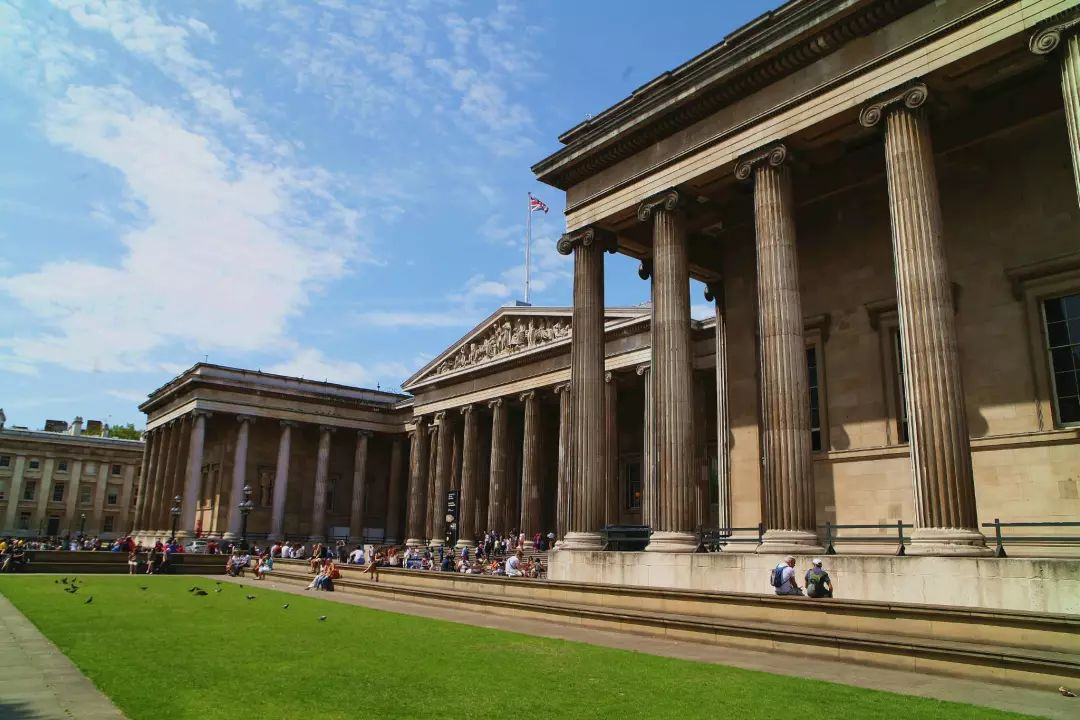
The Portland Vase, Rome, early 1st century AD, is a masterpiece of came glass, depicting the wedding of the Greek hero Achilles' parents.

Ticket Price: Free
Opening Hours: 10:00 to 17:30, until 20:30 on Fridays
Location: Great Russell Street, London WC1B 3DG
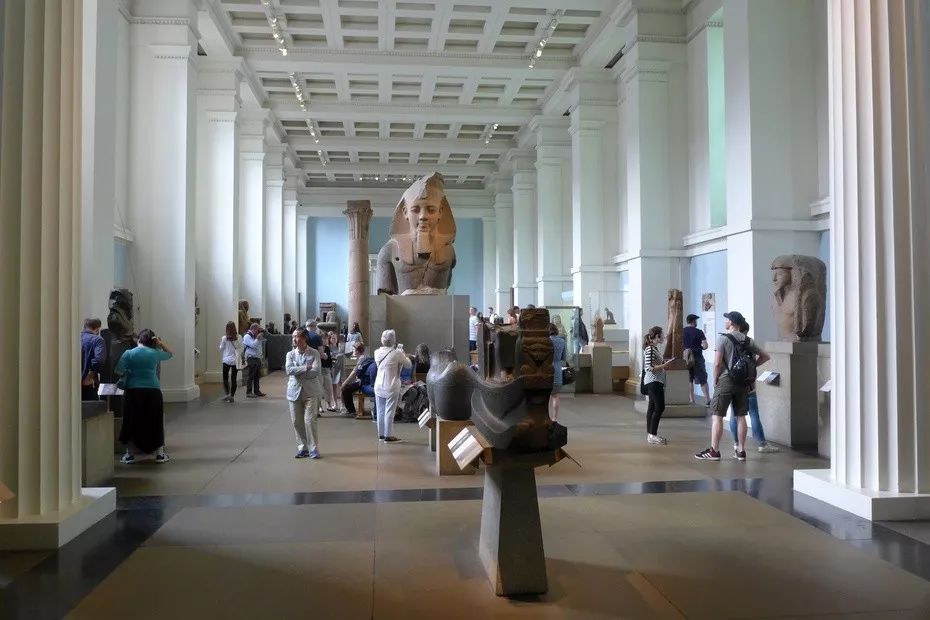
The Natural History Museum is a non-governmental public institution funded by the Department of Culture and the Department of Sports. In addition to its magnificent architecture, the museum is most famous for its collection of dinosaur skeletons, especially the large-scale Diplodocus model in the museum's hall. In addition to this, the museum has specially set up thematic exhibition halls for botany, zoology, mineralogy, and paleontology, which include specimens, books, periodicals, and manuscripts. However, it is necessary to make an appointment to use these valuable materials. Visiting the museum is free, but some special exhibitions require an additional fee.
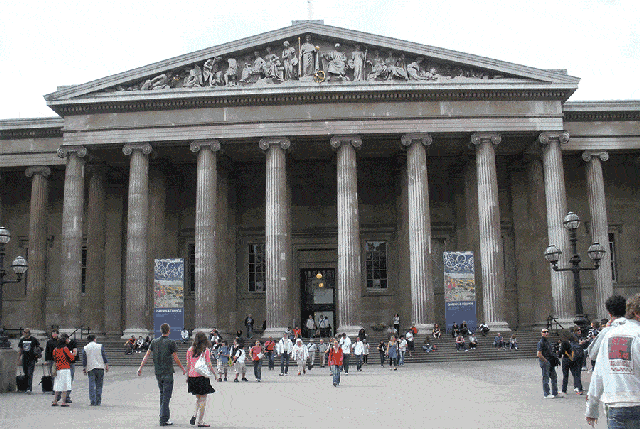
Price: Free
Opening Hours: 10:00 to 17:50 (last admission at 17:30), closed from December 24th to 26th
Location: The Natural History Museum, Cromwell Road, London SW7 5BD
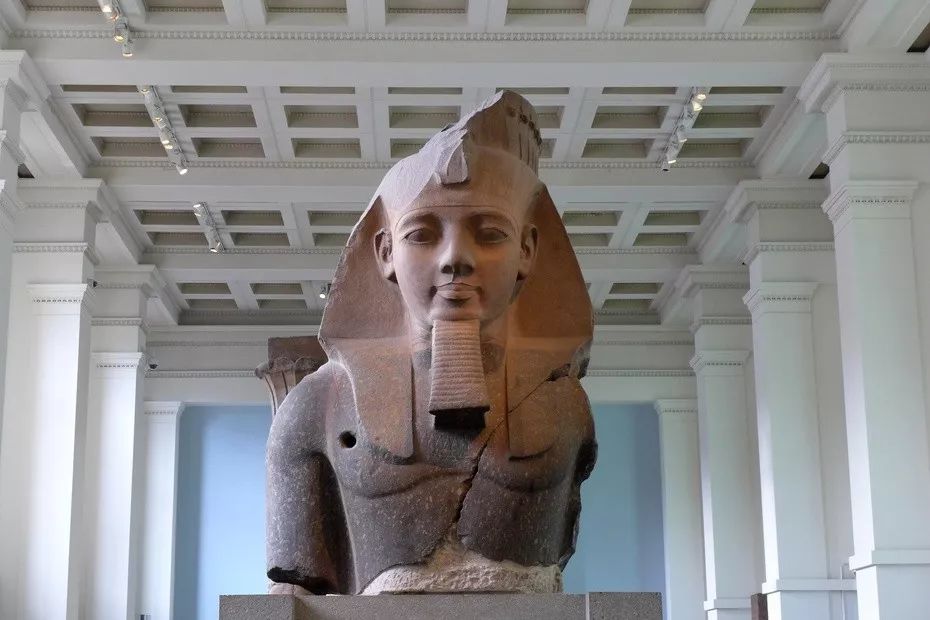
The National Gallery is a national art museum renowned for its collection of paintings. The museum is divided into four wings: east, west, south, and north, and the works are displayed in chronological order, with the majority of the pieces dating from 1260 to 1900. Many masterpieces can be found here. Leonardo da Vinci's “The Virgin of the Rocks” and “The Virgin and Child with Saint Anne and Saint John the Baptist” are treasured pilgrimage sites for countless art enthusiasts. In addition to these, the museum also houses works such as Sandro Botticelli's “Venus and Mars,” Michelangelo's “The Entombment,” and Vincent van Gogh's “Sunflowers,” among others.
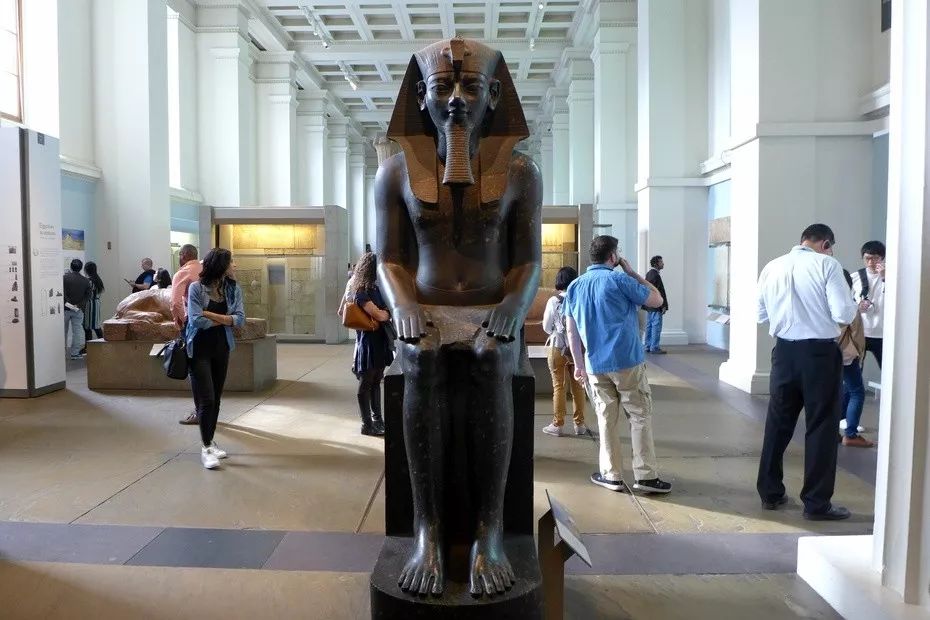
- Vincent Van Gogh, Sunflowers, 1888
- Vincent Van Gogh, Sunflowers, 1888
This painting was created in 1888 and is one of the four “Sunflowers” paintings that Van Gogh created in the same year. It was acquired by the National Gallery in 1924. Another version of this work is housed in the Van Gogh Museum in Amsterdam. From January to April 2014, the National Gallery held a special exhibition titled “Sunflowers,” where the two “Sunflowers” paintings were brought together and displayed in London.

On the left side of the image is the “Sunflowers” from the National Gallery collection, while the “Sunflowers” on the right is from the Van Gogh Museum.
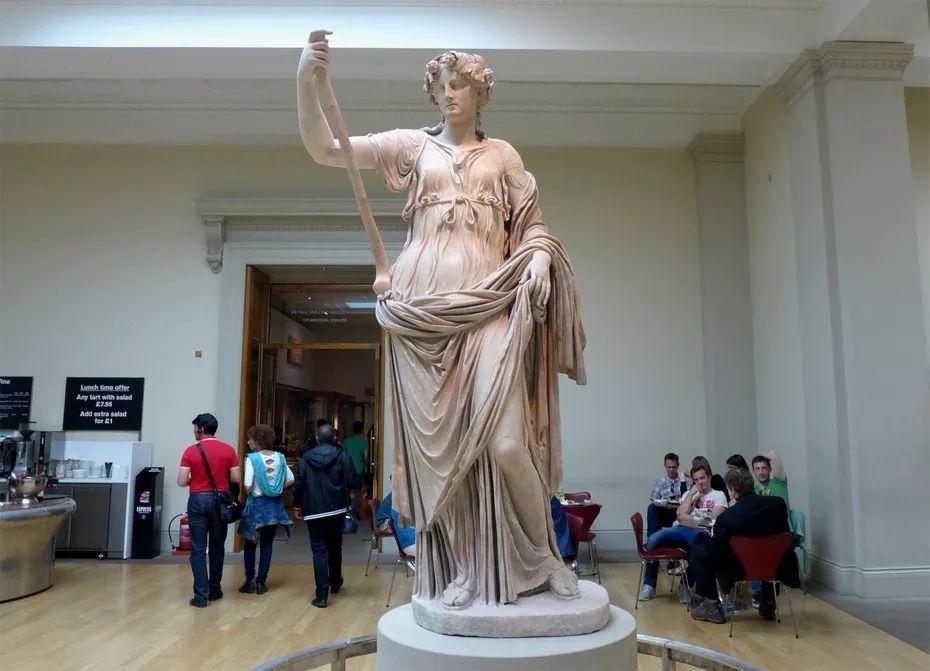
Jan van Eyck, The Arnolfini Portrait, 1434
Friends who are fond of art history should be no stranger to “The Arnolfini Portrait.” One of the highlights of the painting is the interesting little details in the mirror reflection behind the characters.
Georges Seurat, Bathers at Asnières, 1884
Price: Free except for special exhibitions
Opening hours: Friday 10am – 9pm, other days 10am – 6pm (Closed on January 1st and December 24th – 26th)
Location: The National Gallery, Trafalgar Square, London WC2N 5DN
The Natural History Museum
The Victoria and Albert Museum is a renowned museum of art and design, decorative and applied arts in London. The museum's collection is predominantly European, but also includes art and artifacts from China, Japan, India, and Islamic countries. A highlight of the museum is the Paintings Gallery, which displays over 200 oil paintings. The watercolor collection includes works by famous 18th-century watercolorists such as Paul Sandby, Thomas Sandby, and Thomas Rowlandson. The print collection encompasses both fine art and commercial works, featuring prints, topographical and portrait prints, caricatures, and greeting cards from the Renaissance to contemporary times. In 2003, it was named the “Best Museum in Europe.”
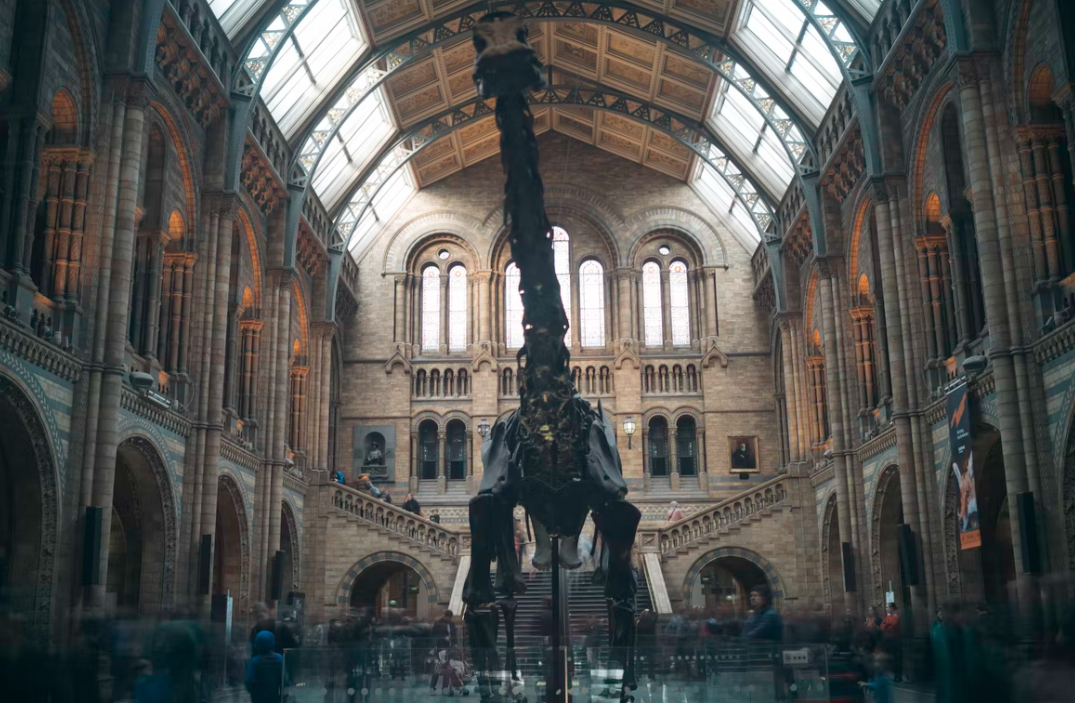
Stepping into the V&A Museum, you will undoubtedly feel that you have entered a world full of inspiration and innovation. The museum houses bizarre objects from almost every country and every period, as well as the magnificent and classic British Victorian-style decoration. These are just part of the surprises that the V&A has to offer.
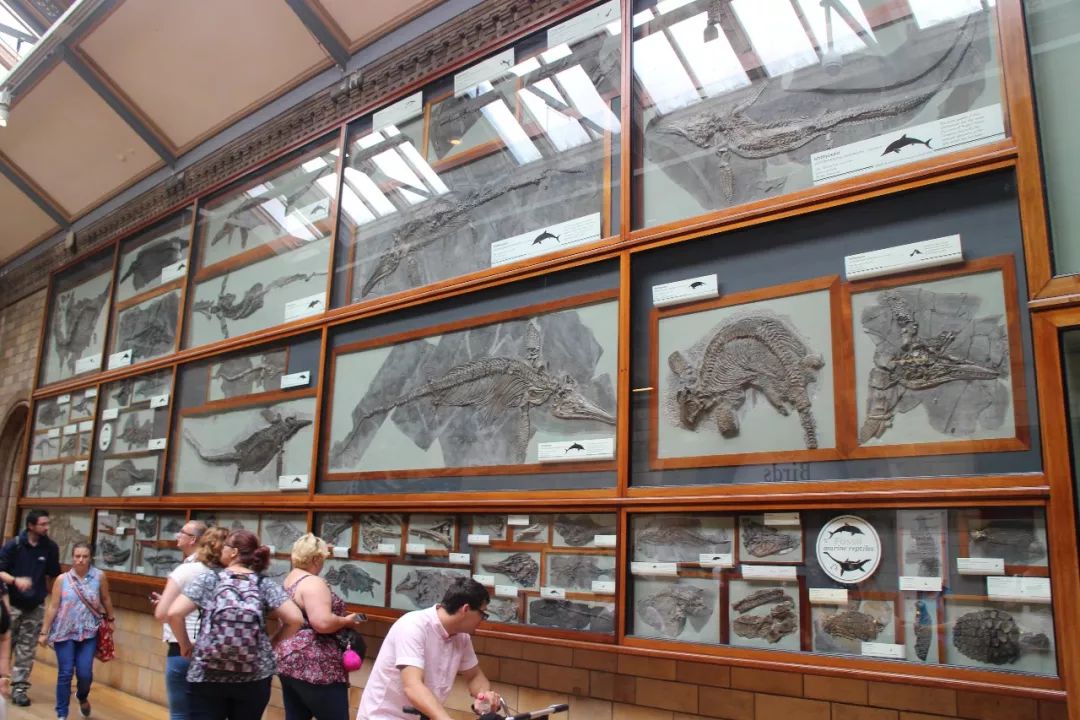
The Monument to Emily Georgiana, displayed in the museum, was created by Scottish sculptor MacDonald (1799-1879). Emily Georgiana (1846-1932), the Countess of Winchelsea and Nottingham, was born into the British nobility, with her father being a royal noble (William Craven, 2nd Earl of Craven). The epitaph inscribed on the monument is a short poem written by the countess before her death to bring comfort to her husband.
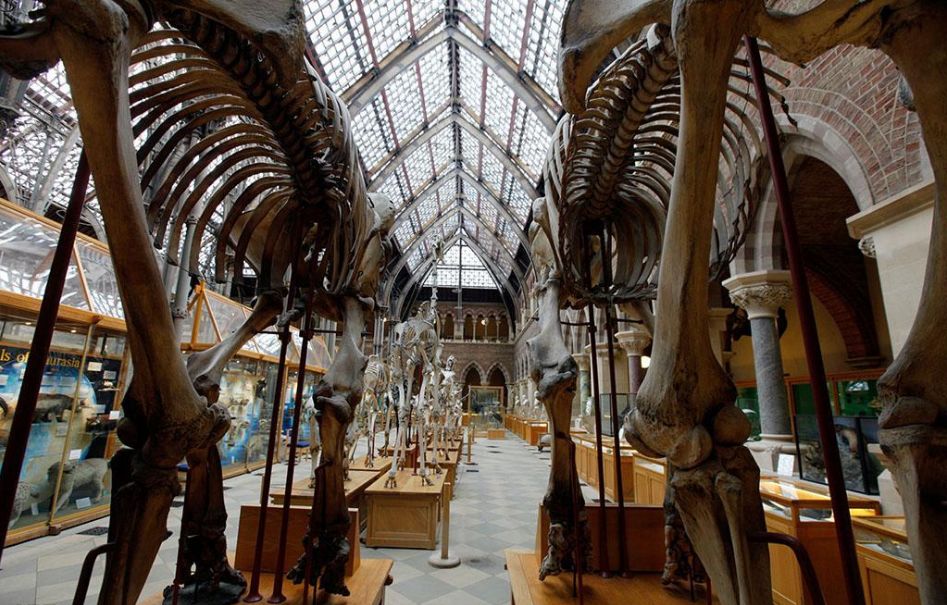
The William and Judith Bollinger Gallery at the V&A showcases 3,500 pieces of jewelry that represent the pinnacle of the industry over the past 800 years, each one being truly unique.

“Balenciaga: Shaping Fashion” Centennial Retrospective Exhibition
In February 2019, the art exhibition “Christian Dior: Designer of Dreams” was displayed at the V&A Museum in London.
Price: Free
Opening hours: 10:00 to 17:45 on weekdays, 10:00 to 22:00 on Fridays, closed from December 24 to December 26
Location: Victoria and Albert Museum, Cromwell Rd, London SW7 2RL
The National Gallery
The London Science Museum houses and displays a vast collection of artifacts related to the development of natural science and modern technology, including fields such as mathematics, astronomy, and aeronautics. The museum consists of 70 exhibition halls and approximately 200,000 displayed items, making it a rare collection in the world. Here, you can witness the relentless efforts made by humanity to liberate itself from heavy physical labor, from the earliest windmills to later water wheels and steam engines, all showcasing the wisdom of human civilization.
Price: Free
Opening Hours: 10:00 to 18:00 (last entry at 17:15). On Fridays during school holidays, the museum closes at 19:00 (last entry at 18:15).
Location: Exhibition Road, South Kensington, London SW7 2DD
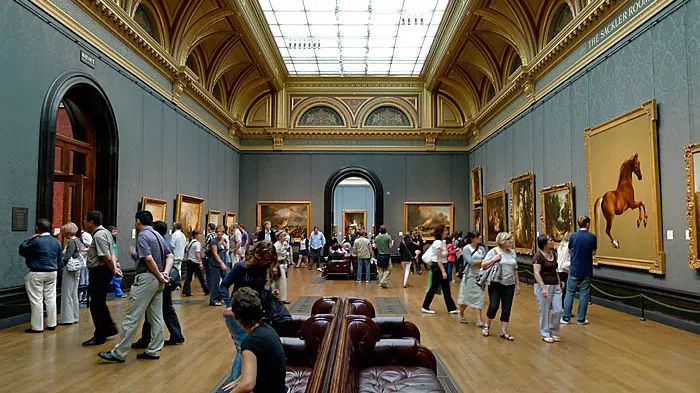
Tate Modern primarily houses modern art pieces from the 20th century, with paintings by Picasso and Dali being invaluable treasures within the museum. The museum's collection is mainly divided into four categories: History-Memory-Society, Nude Portrait-Action-Body, Landscape-Material-Environment, and Still Life-Objects-Real Life. Visitors can experience the collision between different artistic styles in visual contrast. In fact, the museum itself is also a rare gem in the history of art. It was converted from a giant power plant, and the top made of translucent glass from the large chimney is known as the “Swiss Light,” an indispensable part of London's night view.

Andy Warhol, Marilyn Diptych, 1962
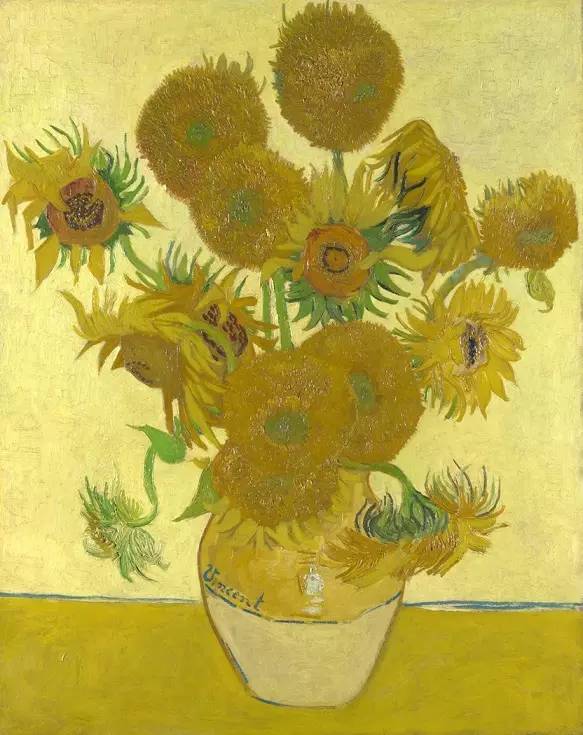
Roy Lichtenstein, Whaam!, 1963
A masterpiece by Abstract Expressionist Mark Rothko is displayed in the same room.
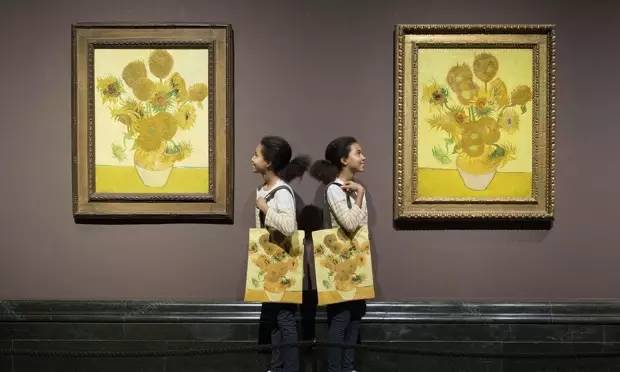
The series of works by Cubism master Pablo Picasso is also worth a look.
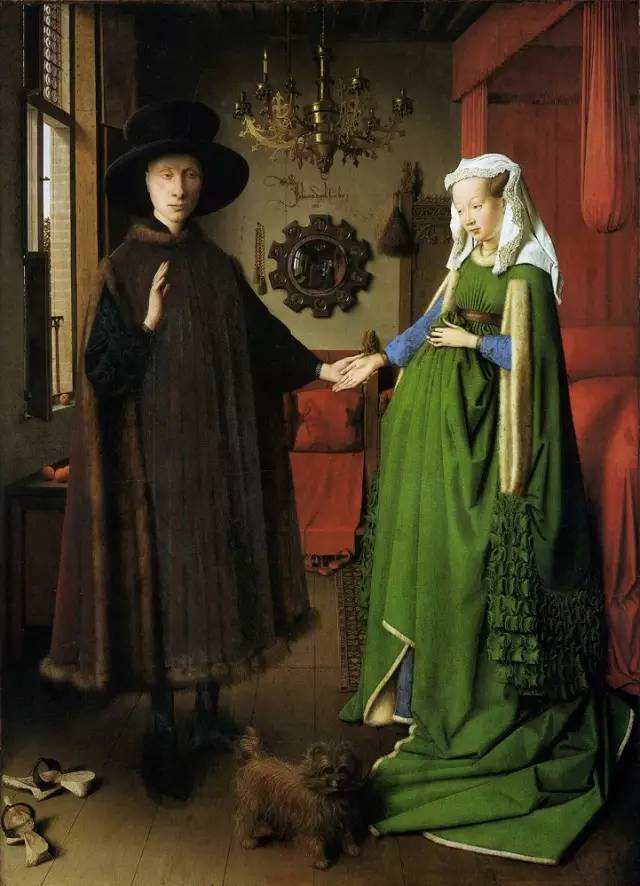
Price: The ticket price varies depending on the theme of the exhibition, generally around £9.5
Opening hours: Slightly adjusted according to the exhibition, usually from 10 am to 6 pm, closed from December 24th to December 26th
Location: Bankside, London SE1 9TG
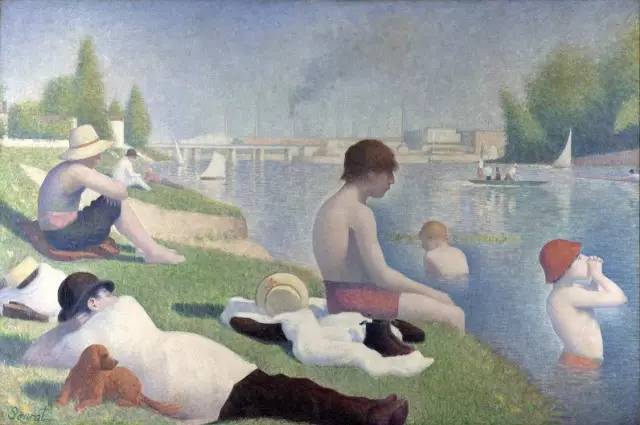
The National Portrait Gallery is renowned for its extensive collection of portraits, photographs, sketches, and sculptures of many world-famous figures. The selection of the artworks is not based on their artistic value, but rather on the social status and public influence of the individuals depicted (in other words, those who are famous, powerful, and wealthy). This criterion is still in use today. The gallery also houses portraits of many famous Chinese figures, such as Emperor Qianlong, Li Hongzhang, Sun Yat-sen, and Huang Huilan, as well as the film star Maggie Cheung.
- 18th-century British portrait painter Thomas Gainsborough (1727-1788) works
Victoria and Albert Museum
- “Ayuba Suleiman Diallo”
Price: Free
Opening Hours: 10 am to 6 pm, Thursday and Friday until 9 pm
Location: National Portrait Gallery, St Martin's Place, London WC2H 0HE Courtauld Gallery
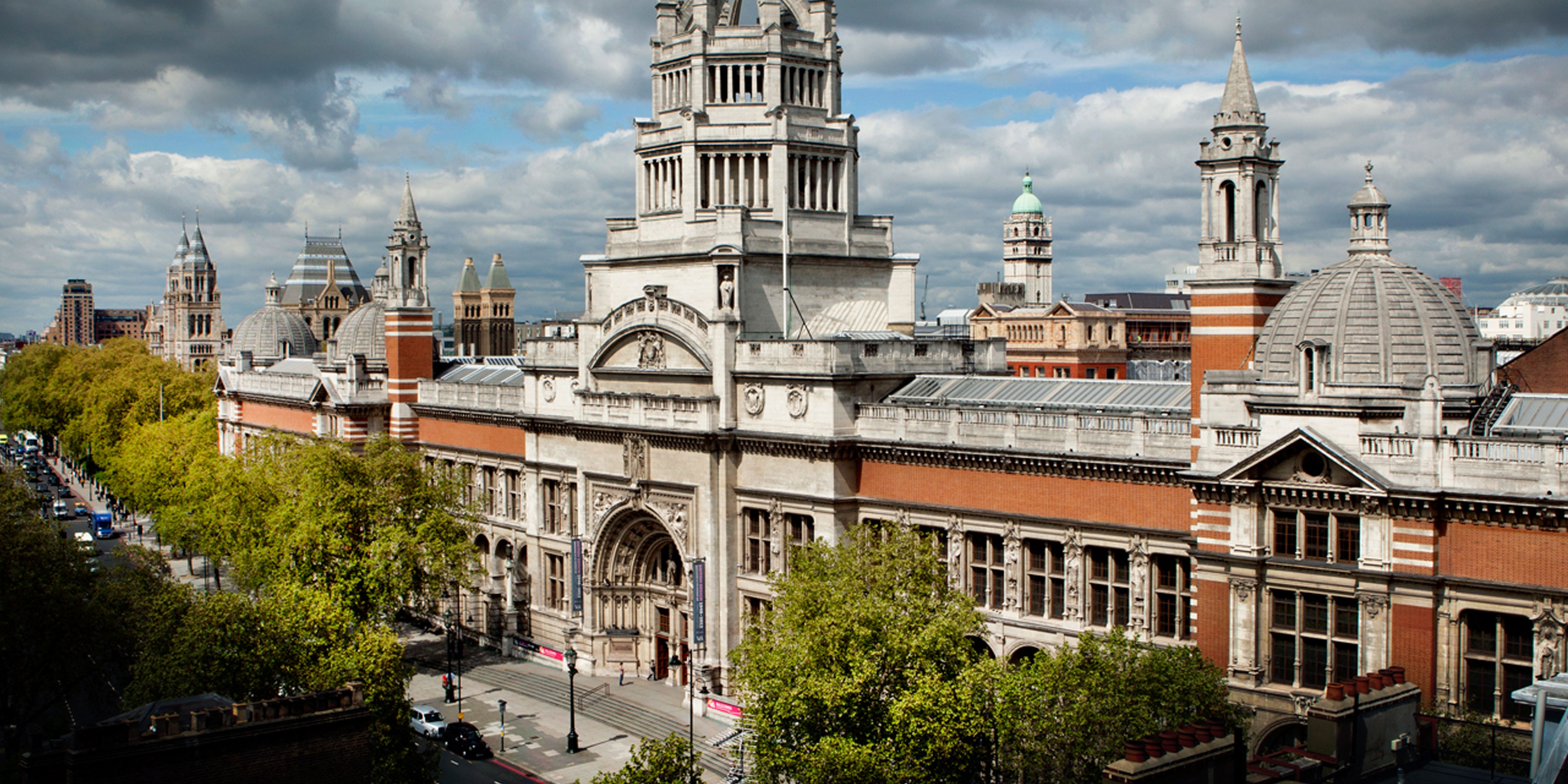
The Courtauld Gallery, located at Somerset House, was established in 1932 by the renowned British industrialist and art collector Samuel Courtauld. It houses a collection of approximately 27,000 paintings, drawings, and prints. The most famous pieces in the collection are works from French Impressionism and Post-Impressionism, including works by Monet, Manet, Renoir, Van Gogh, Gauguin, and Cézanne. If you can name an Impressionist master, you will find their work in the collection. The Courtauld Gallery is a paradise for Impressionist enthusiasts.
The “crown jewels” of the Courtauld Gallery are the following two paintings by Edouard Manet:
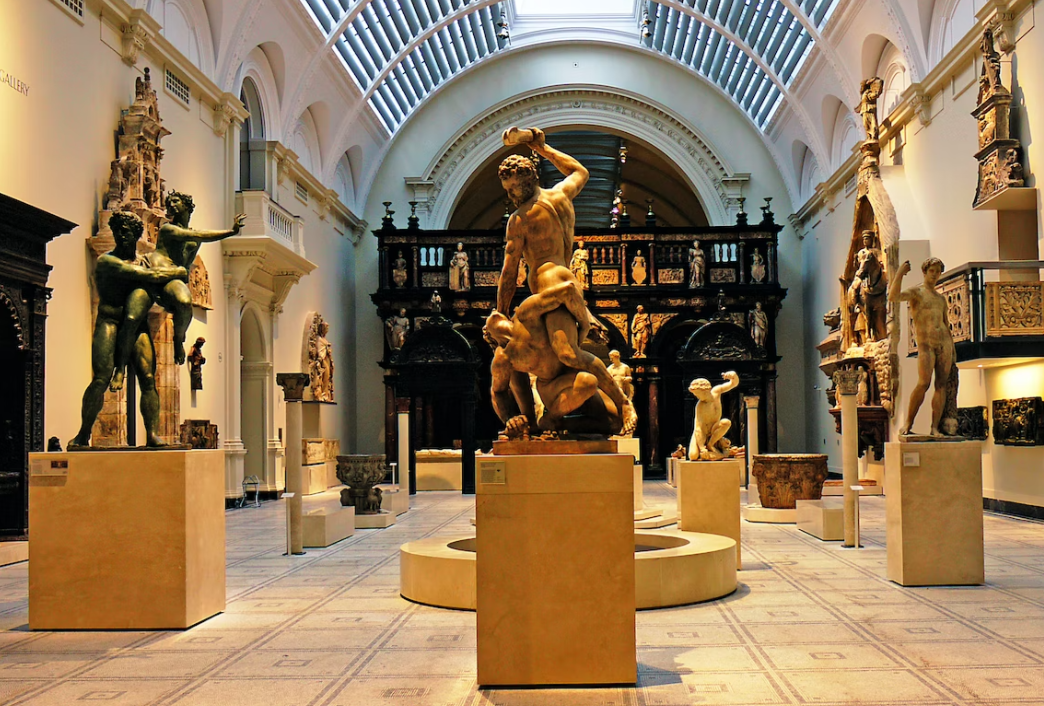
Edouard Manet, A Bar at the Folies-Bergère, 1881

“The Luncheon on the Grass” by Edouard Manet, created in 1863, caused a significant sensation and controversy in France at the time of its exhibition (as Impressionism, with its avant-garde painting style, was not accepted by the mainstream culture of France at that time, and the depiction of a female nude was understood as prostitution and was considered a taboo subject that should not appear in paintings). Another version of this work is also housed in the Musée d'Orsay in Paris.
In addition, the self-portraits of Vincent Van Gogh and the famous Tahitian series by Paul Gauguin in the Post-Impressionist movement are also must-see works in the collection.
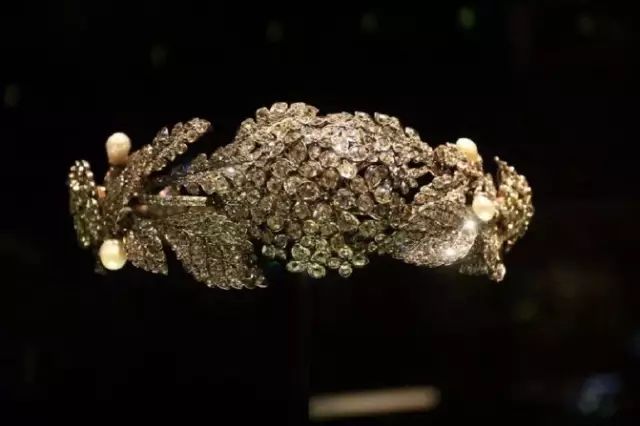
Vincent Van Gogh, Self-portrait with Bandaged Ear, 1889

- Paul Gauguin, Nevermore, 1897
- Paul Gauguin, Nevermore, 1897
Price: Adults £7, Students Free
Opening Hours: 10am to 6pm
Location: Somerset House, Strand, London WC2R 0RN

The Design Museum in London, UK, as the world's first museum dedicated to design, has gained widespread acclaim and support for its collection, research, and display of outstanding modern and contemporary design works. In 2007, the museum was ranked second among the top five museums of the year by The Times.
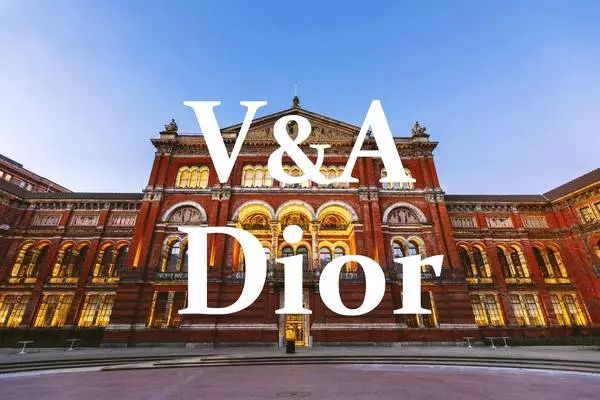
The Design Museum's current location closed on June 30, 2016, and moved to the former Commonwealth Institute building near Kensington High Street. The new London Design Museum has tripled its exhibition space and forms a world-class museum cluster with London's famous V&A Museum, Science Museum, Natural History Museum, and Serpentine Galleries.
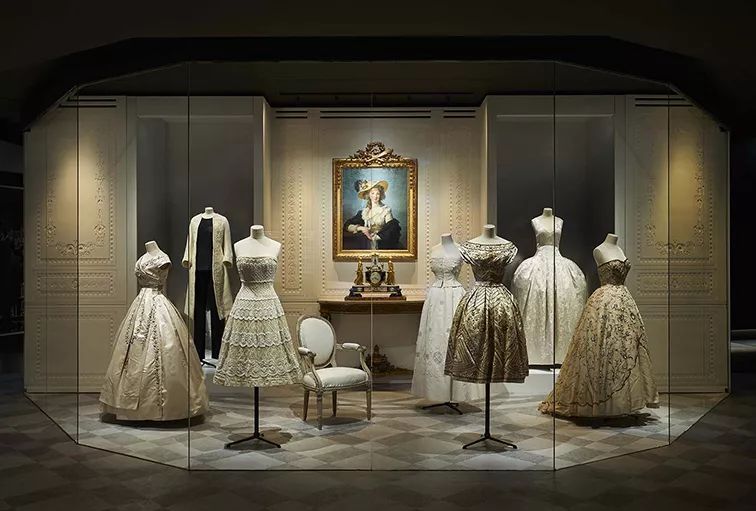
The museum features wooden floors and a geometrically designed dome structure, creating a simple yet grand atmosphere. In addition to exhibitions, the museum also includes a restaurant, a café, a gift shop, classrooms for craft design courses (Swarovski Foundation Centre for Learning), a multimedia room for hosting lectures and events, a library, and an archive.
As Deyan Sudjic, the current director of the Design Museum in London, has stated: “At the Design Museum, we believe that without better design, better use of scarce resources, and more innovation, the future will be unsustainable. We view design as an indispensable part of every aspect of life: design is a way to understand and make our world more livable.”
Price: Free
Opening Hours: Daily 10:00-18:00, last admission at 17:00
Location: Design Museum, 224-238 Kensington High St, Kensington, London W8 6AG, UK
London Science Museum
The Wallace Collection, originally the private collection of Sir Richard Wallace, was donated to the nation by his widow, Lady Wallace, in 1897. The collection primarily consists of European paintings, sculptures, and decorative arts from the 15th to the 19th centuries, including armor, weapons, vessels, and furniture. The most prominent part of the collection is the paintings from the 17th to the 19th centuries, especially the Rococo paintings of the 18th century.
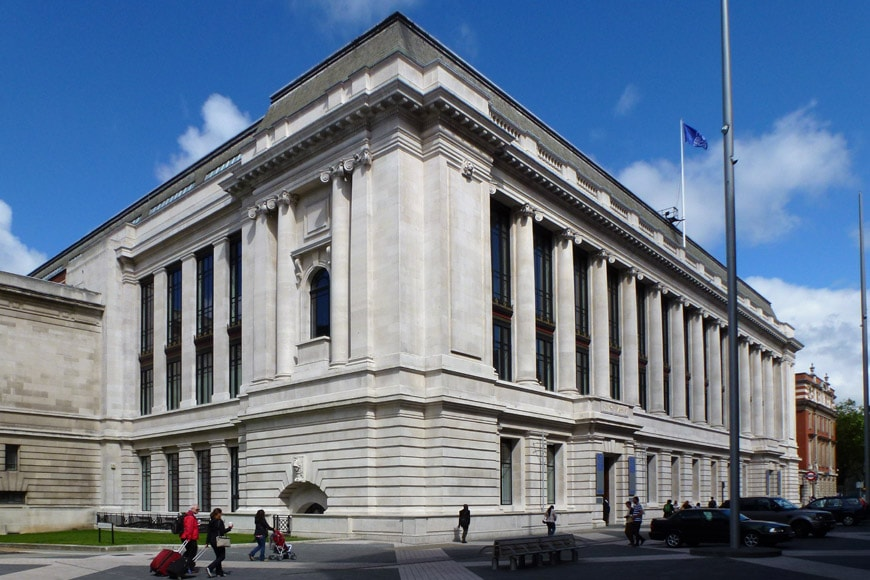
The Wallace Collection is located in Hertford House, Manchester Square, London, and the interior decoration is extremely luxurious and gorgeous. The classic collections that should not be missed are as follows:
- Jean-Honoré Fragonard, The Swing, 1767
- Jean-Honoré Fragonard, The Swing, 1767
The Swing is one of Fragonard's most famous works and also one of the best representative works of 18th-century Rococo art. Another version of this work is collected in the Musée Lambinet in Versailles, France.
Many works of Rococo masters François Boucher and Antoine Watteau are also collected:
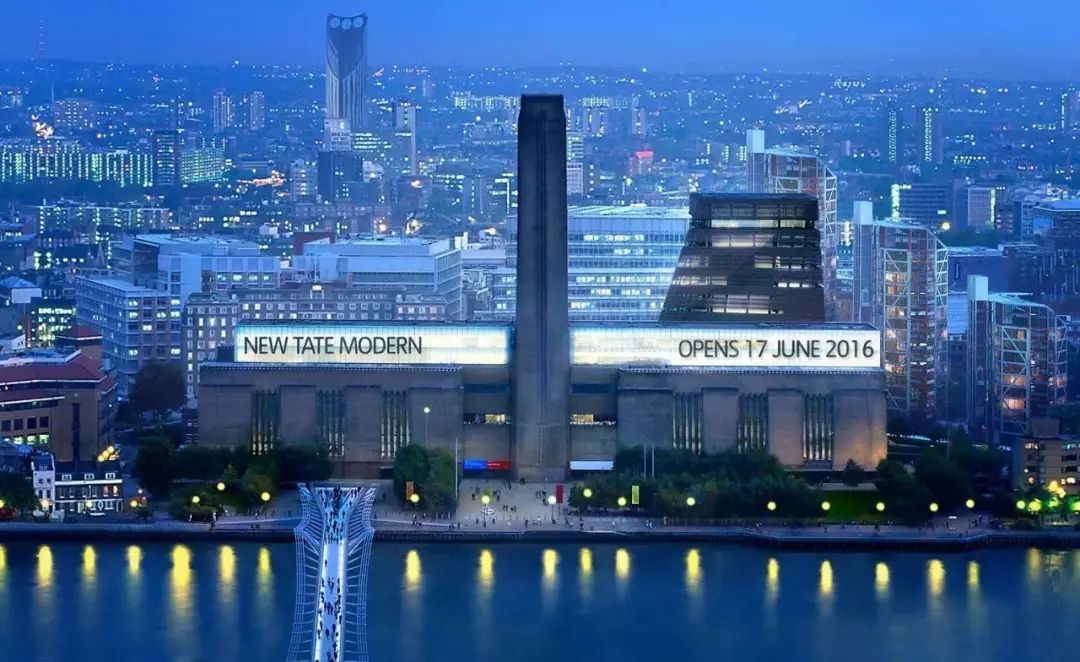
Francois Boucher, Madame de Pompadour, 1759

Antoine Watteau, Les Champs Elisées, 1720-1721
Free entry
Open daily from 10am to 5pm
Location: The Wallace Collection, Hertford House, Manchester Square, Marylebone, London W1U 3BN, UK


